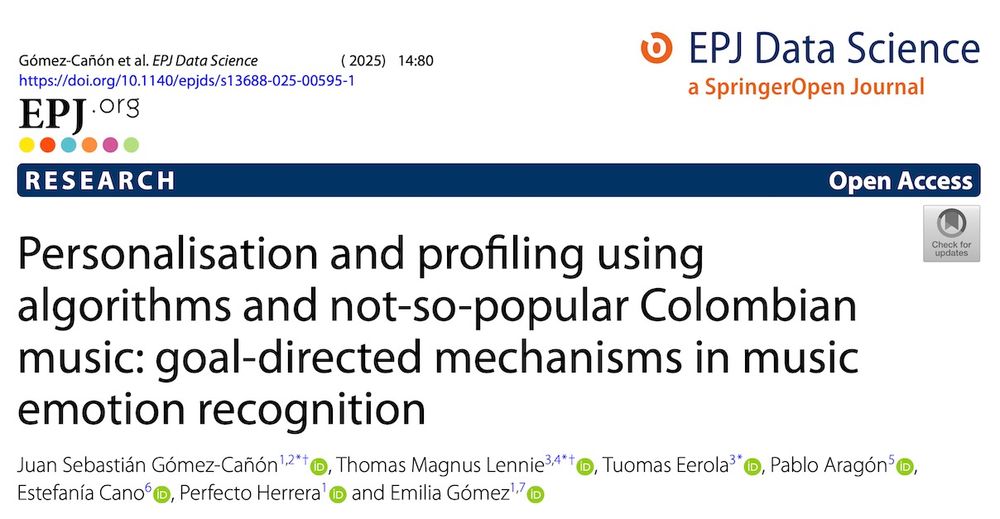MUSIFEAST-17: MUsic Stimuli for imagination, familiarity, emotion, and Aesthetic STudies across 17 genres - Behavior Research Methods
Musical stimuli are commonly used in psychological research for investigating a range of emotional, cognitive, and physiological processes. Despite this widespread use, many studies continue to rely on ad hoc music stimulus selection, compromising experimental control, reliability, and comparability across studies. Existing musical stimulus sets tend to be limited in variability in terms of style (e.g. comprising 1–3 genres) and familiarity (e.g. focusing on highly familiar or unfamiliar music). In this paper, we introduce MUSIFEAST-17; a music stimulus set featuring 356 instrumental 30-s clips from commercially released music across 17 genres, aiming to increase the ecological validity of studies tailored for UK and US listeners. Designed to reflect the diversity of everyday Western musical experiences, MUSIFEAST-17 includes art music, popular music, and music composed for media. MUSIFEAST-17 includes normative data from 701 UK and US participants, sampled evenly across adulthood (ages 18–75), on familiarity, enjoyment, emotional expression, perceived contrast, genre recognition, thought types, and contextual associations evoked by each excerpt. Analyses indicated that, while some responses vary by genre, nationality, and age group, MUSIFEAST-17 constitutes a set of stimuli that exhibit stylistic diversity, span familiar to unfamiliar music, and cover a range of emotional expressions. The stimulus set prompted various thought types, including memories and fictional imaginings, and contextual associations such as “movie”, “club”, and “concert”. This resource enables systematic stimuli selection for diverse applications within psychology (e.g. emotion studies, aesthetic experience, music-evoked imaginings) and supports Open Research practices.



